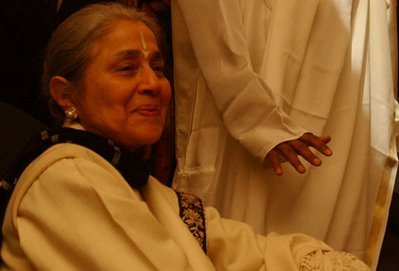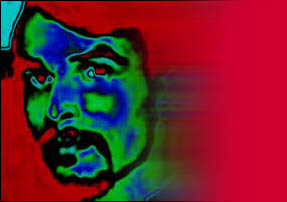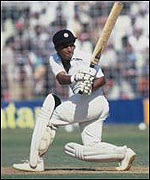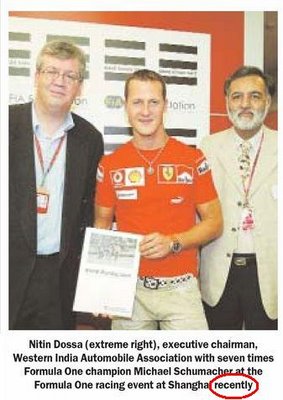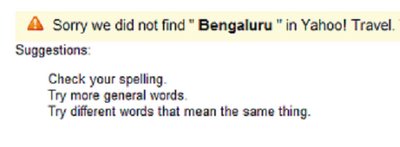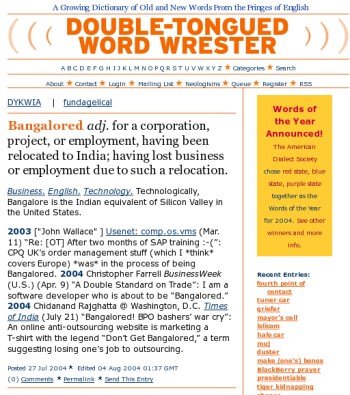
The dismal performance of the Indian cricket team has implications far beyond a drop in India’s rankings or our prospects for the ICC World Cup.
If we carry on doing as badly as this, sponsors of the World Cup are seriously affected. Let us remember, they are already committed to the spend.
And, in return for the spend, they expect audiences who will receive brand and product messages.
Some of those who receive these mesages will go out and buy the products and services advertised.
And the sum total of these buys will deliver a return on investment that sponsors have factored into their projected sales for the coming year.
And, suddenly, it looks like a large part of these projected audiences will disappear. With their disappearance, sales will disappear as well.
And sponsors are in a fix – because:
1.They are already committed to the spend
2.They still need the sales
The only solution for them is to find ADDITIONAL budgets and chase the audiences wherever they might go away to from cricket. And that’s going to affect their bottomlines.
For other advertisers who hoped to cash in on the World Cup, their problem is less daunting. They have to figure out where to buy these audiences if cricket carries on in the direction it is currently headed.
And if serious money goes away from cricket, one would worry about those who have serious investments in cricket.
Like the various channels who have bought the rights to various cricket tournaments over the next five years. There is no change in the amount of money that they will have to pay over whatever contractual period, but there could very well be a significant downward revision in the amount of money they could earn.
Like the various brands who have signed on cricketers as brand ambassadors. Some of these contracts are linked to performance on the field, some are not. But all these brands will suffer.
I’m not, normally, a prophet of doom. But to fail so miserably three matches in a row suggests that it is not just a matter of poor form of a few players; perhaps we had started believing in our own hype. Perhaps the reality is that we have a poor team today, that we have a poor talent pool today.
And, perhaps, investing in cricket is a poor decision today.
Photo courtesy: Cricinfo










